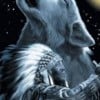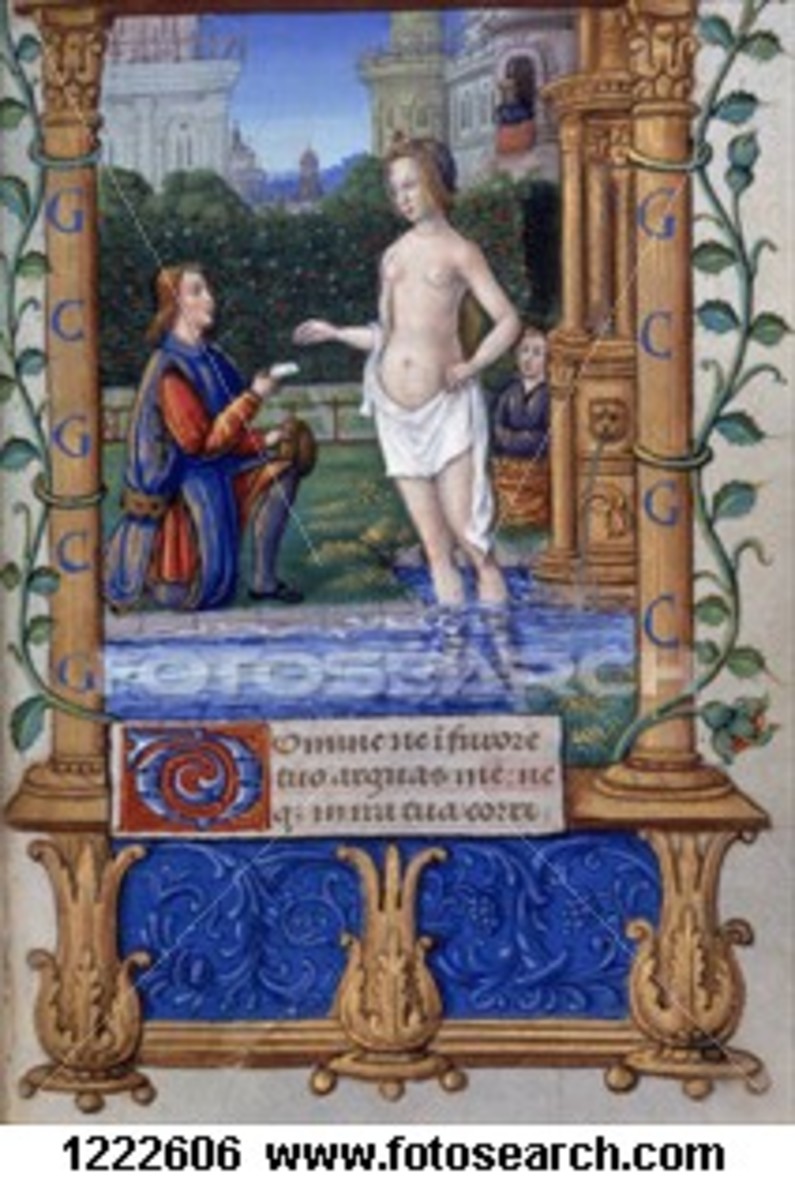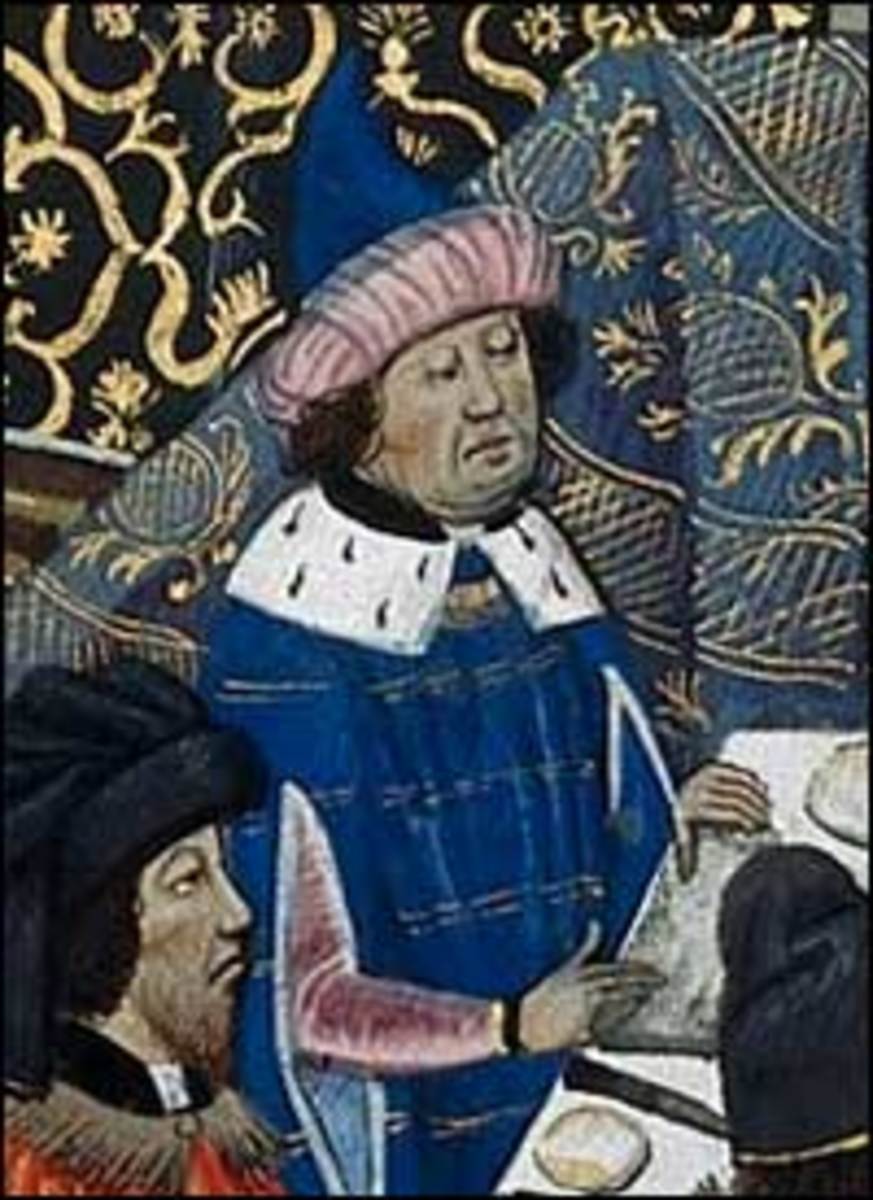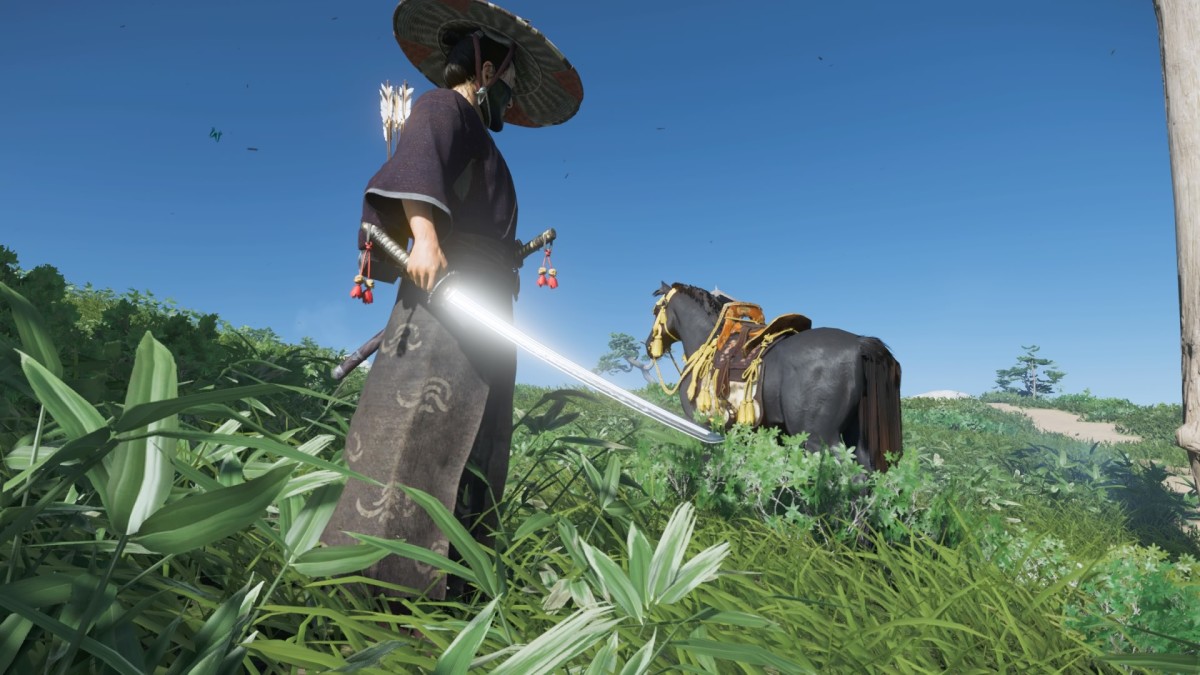David Berkowitz Or Son Of Sam
David Richard Berkowitz
David Richard Berkowitz
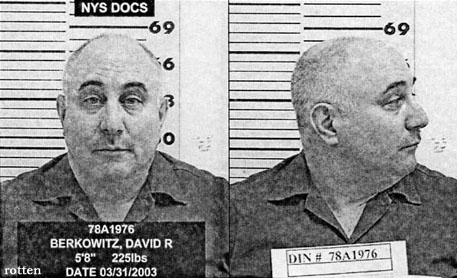

Lisa Singh on the Son of Sam
More About David Berkowitz
Early life
Berkowitz was born Richard David Falco in Brooklyn, New York, to Betty Broder and Joseph Kleinman. Broder was married to Tony Falco and had a daughter with him. Although Falco abandoned her, they never divorced. She later had an affair with the married Kleinman. When Broder told Kleinman that she was pregnant, he told her to have an abortion. However, Broder had the baby and listed Falco as the father.A few days after his birth, the baby was adopted by Nathan and Pearl Berkowitz, a Jewish couple who reversed the order of the baby's first and middle names.David Abrahamsen writes that "David's childhood was somewhat troubled. Although of above-average intelligence, he lost interest in learning at an early age and began an infatuation with petty larceny and pyromania."He was an avid baseball player, and earned a reputation as something of a bully in his neighborhood. Berkowitz's tense relationship with his father became even more strained, and he disliked the woman Nathan later married. Berkowitz joined the U.S. Army in 1971, and was active until 1974 (he managed to avoid service in the Vietnam War, instead serving in both the U.S. and South Korea.) Afterwards, he toyed with Christianity, briefly and enthusiastically describing himself as born again. He located his birth mother, but after a few visits, Berkowitz learned the details of his conception and birth, and they fell out of contact with one another.Berkowitz worked at several jobs, and was employed by the U.S. Postal Service at the time of his arrest.First attacks
Berkowitz claimed that his first attacks on women occurred in late 1975, when he said he attacked two women with a knife on Christmas Eve. One alleged victim was never identified, but Charles Montaldo writes that the other victim, Michelle Forman, was hospitalized due to her wounds.Berkowitz was never charged with committing either crime.Not long afterwards, Berkowitz moved to a home in Yonkers.ShootingsIn the summer of 1976, a series of shootings began that would terrify New York and gain international press coverage. The perpetrator was dubbed "The .44 Caliber Killer" after his weapon of choice.In the evening of July 29, 1976, Donna Lauria, 18, and Jody Valenti, 19, were both shot as they sat inside a car parked on the street outside Lauria's apartment in the Bronx. Lauria was killed, but Valenti survived. As the two young women had been victims of an apparently random crime, the shooting earned little attention.On October 23, 1976, there was another shooting, this time in Queens. Again, the victims were in a parked car. Carl Denaro, 19, was shot in the head and survived. His companion, Rosemary Keenan, was not injured.A month later (November 26, 1976) Donna DeMasi, 16, and Joanne Lomino, 18, were walking home from a movie when both were shot in Queens. Both recovered; however, Joanne would remain paralyzed from the waist down.The new year brought more shootings. On January 30, 1977, an engaged couple, Christine Freund, 26, and John Diel were shot where they sat together in a parked car. Diel survived, but Freund died of her injuries. Police determined the shooter had used an uncommon .44 caliber Charter Arms Bulldog revolver in this shooting. The earlier victims had been struck with large-caliber bullets as well, and police now suspected the shootings were all connected. Authorities also noted that the shootings targeted young women with long, brown hair and/or young couples parked in cars.On March 8, 1977, college student Virginia Voskerichian, 19, was shot by a passerby as she walked in Queens, dying instantly. The .44 caliber bullet from this shooting matched one from the July 29, 1976 shooting.At a press conference on March 10, 1977, police announced that the same .44 caliber pistol had been used in several of the shootings. The Operation Omega task force, eventually comprising some 300 police officers, was charged with investigating the crimes under the direction of Deputy Inspector Timothy J. Dowd. Police speculated that the killer had a vendetta against women, perhaps due to chronic rejection.The mass media had a field day with the shootings, publishing every detail and speculation of the case. Australian publisher Rupert Murdoch had recently purchased the fledgling New York Post, and the paper offered perhaps the most sensational coverage of the crimes.
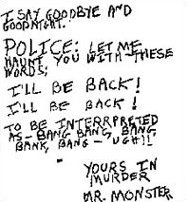
The "Son of Sam" letter
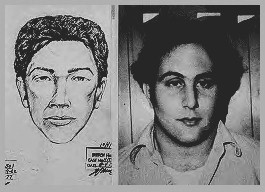
And More About David Berkowitz
Composite sketches
On June 26, 1977, there was another shooting. Sal Lupo and Judy Placido (17) had left the Elephas discotheque in the Bayside section of Queens. According to Chris Summers of the BBC, the young couple were sitting in their car when Placido said, "This Son of Sam is really scary - the way that guy comes out of nowhere. You never know where he'll hit next." Moments later, three gunshots blasted through the car. Both were struck, but neither was injured seriously. The shooter fled, and Lupo ran to the Elephas for help.Police offered composite sketches of suspects in the shootings, based in part on the testimony of people who had witnessed or survived the shootings. One sketch and description roughly matched Berkowitz: medium height, slightly pudgy, with hair that was short, dark and curly. But another suspect was reported to be quite different: a taller and slimmer man, a "hippie" sort, with jaw-length hair that had either light brown or dark blonde hair. Although the composites differed, police publicly insisted that only a single suspect was being sought; they speculated that the killer was using a wig.The Breslin letter
On May 30, 1977, columnist Jimmy Breslin of the New York Daily News received a hand-written letter from someone who claimed to be the .44 shooter. A week later, after consulting with police and agreeing to withhold portions of the letter, the Daily News published the letter. Reportedly, over 1.1 million copies of that day's paper were sold. The letter read in part:“ Hello from the gutters of N.Y.C. which are filled with dog manure, vomit, stale wine, urine and blood. Hello from the sewers of N.Y.C. which swallow up these delicacies when they are washed away by the sweeper trucks. Hello from the cracks in the sidewalks of N.Y.C. and from the ants that dwell in these cracks and feed in the dried blood of the dead that has settled into the cracks... ”The writer said he was a fan of Breslin, noting, "J.B., I also want to tell you that I read your column daily and find it quite informative." Ominously, the writer added, "What will you have for July 29?" July 29 would be the anniversary of the first .44 Caliber shooting.Breslin urged the killer to turn himself in. In 2004, John Hockenberry quoted Breslin, who said he admired the writer's prose: "He had that cadence. I remember when I read it, I said, this guy could take my place with a column. He had that big city beat to his writing. It was sensational.”The letter caused a panic in New York. Reports that the victims all had long dark hair resulted in thousands of women either dying their hair or cutting it short in order to lessen the likelihood that they would become targets. Beauty supply stores had trouble meeting the demand for blonde wigs. Parents insisted that children stay inside and no longer hang out on their stoops despite 1977 being one of the hottest summers on record. The atmosphere of fear and foreboding was oppressive.On July 31, 1977, the shooter killed again. It was near the one-year anniversary of the first .44 caliber shootings, and police set up a sizable dragnet focusing on the shooter's hunting grounds of Queens and The Bronx. However, the shooter struck in Brooklyn: Stacy Moskowitz and Robert Violante were both shot in the head as they sat in a parked car. Moskowitz died, and Violante was blinded.Suspicion and capture
The evening of the Moskowitz and Violante shooting, Cecilia Davis, who lived near the crime scene, saw a man remove a parking ticket from his yellow Ford Galaxie which had been parked too close to a fire hydrant. Davis saw this man only a few minutes before the shooting, and two days later, though fearing vengeance by 'Sam' she contacted police. Authorities determined that Berkowitz had been issued the parking ticket.As Hockenberry writes, "Thinking Berkowitz was now an important witness, an NYPD detective from Yonkers, a city 12 miles north of Manhattan, called and asked the police for some help tracking him down. Mike Novotny was a sergeant at the Yonkers Police Department. According to Novotny, the Yonkers police had their own suspicions about Berkowitz, in connection with other strange crimes in Yonkers, crimes they saw referenced in one of the Son of Sam letters. To the shock of the NYPD they told the New York City detective that Berkowitz might just be the Son of Sam."When they investigated his car parked on the street outside his apartment, police found a rifle in the backseat. They searched the vehicle and found a .44 caliber Bulldog pistol, along with maps of the crime scenes and a letter to Sgt. Dowd of the Omega task force. When he emerged from the building hours later, Berkowitz was arrested outside his apartment on Pine Street in Yonkers, New York on August 10, 1977. His first words upon arrest were reported to be, "What took you so long?"Police searched his apartment, and found it in disarray, with graffiti on the walls. They also found a diary wherein Berkowitz took credit for dozens of arsons throughout the New York area.Questioning and sentencing
Police were worried that, if challenged in court, their initial search of Berkowitz's vehicle might be ruled unconstitutional. Police had no search warrant, and their justification for the search might seem flimsy - they'd searched initially based on the hunting rifle visible in the back seat, though possession of such a rifle was legal in New York City, and required no special permit.To the relief of police, however, Berkowitz quickly confessed to the shootings, and expressed an interest in pleading guilty in exchange for receiving life imprisonment rather than facing the death penalty. Berkowitz was questioned for about 30 minutes, and confessed to the "Son of Sam" killings.During questioning, Berkowitz told a tale that seemed to demand an insanity defense: the "Sam" mentioned in the first letter was one Sam Carr, a former neighbor of Berkowitz. Berkowitz claimed that Carr's dog, Harvey, was possessed by an ancient demon, and that it issued commands to Berkowitz to kill. Berkowitz said he once tried to kill the dog, only to see his aim spoiled due to supernatural interference.During his sentencing, Berkowitz repeatedly chanted "Stacy was a whore" at a quiet yet audible volume. He was referring, presumably, to Stacy Moskowitz, who died in the final .44 caliber shooting. His behavior caused an uproar, and the courtroom was adjourned. He was sentenced on June 12, 1978 to six life sentences in prison for the killings, making his maximum term 365 years to be served in Attica Correctional Facility.Speculation after the arrest
Berkowitz claimed that the Hall & Oates song "Rich Girl" motivated the murders. But the song was not released until February of 1977, after the first four shootings had already taken place.Berkowitz also claimed to have been a Satanist at the time of the murders, and suggested that he did not act alone in the killings: he was part of an occult group that sacrificed animals to Satan and ran a child pornography racket. Though he claimed to be innocent of murder, Berkowitz said his involvement in other crimes should see him imprisoned for the rest of his life. He said that he was not the "Son Of Sam" shooter, but merely one of the many look-out men. He named John "Wheaties" Carr as one of the shooters, as well as Carr's brother, Michael, whom he claimed to be the shooter in the Queens disco shooting, Sam being the name of their father. John Carr lived in a house behind that of Berkowitz, and owned the labrador retriever that Berkowitz had claimed to be a "high demon". John Carr was killed in February of 1978 in a shooting in North Dakota (ruled a suicide), and Michael Carr was killed in a traffic accident in October 1979 in Manhattan's West Side Highway. Although Berkowitz did mention other names of alleged cult members in some interviews, he said he could not reveal any more details because it would endanger his family.Journalist Maury Terry argued in favor of the cult theory, placing the blame on a violent offshoot of the Process Church. Queens' district attorney John Santucci, who thought the case against Berkowitz was lacking, was so impressed with Terry's research that, as Chris Summers of the BBC writes, "he agreed to reopen the Son of Sam case ... But to date no-one else has ever been charged in connection with the crimes."In perhaps his first suggestion that the "Son of Sam" shootings were connected to other crimes, in October of 1978 Berkowitz mailed a book about witchcraft and other occult subjects to police in North Dakota. He had underlined several passages, offering some marginal notes, including the phrase: "Arliss [sic] Perry, Hunted, Stalked and Slain. Followed to Calif. Stanford University." Arlis Perry, a newlywed 19-year-old North Dakota native, had been killed in a chapel on the grounds of Stanford University on October 12, 1974. Her murder remains unsolved. Berkowitz also mentioned the Perry murder in a few letters, suggesting that he had heard details of the crime from the culprit. In the San Jose Mercury News, Jessie Seyfer noted that "local investigators interviewed him in prison and now believe he has nothing of value to offer" regarding the Perry case.In 1979, there was an attempt on Berkowitz's life. He refused to identify the person(s) who had cut his throat, but suggested that the act was directed by the cult he once belonged to.Berkowitz reportedly invited the former priest and exorcist Malachi Martin to visit him to discuss his past occult involvement.Even without endorsing the cult theory, Hockenberry writes that "What most don't know about the Son of Sam case is that from the beginning, not everyone bought the idea that Berkowitz acted alone. On the list of skeptics, police who worked the case, even the prosecutor from Queens, where five of the shootings took place."AftermathOne major side effect of his murder spree were the "Son of Sam laws." The first of these laws was enacted in the state of New York after rampant speculation about publishers offering Berkowitz large sums of money for his story. The new law, named for Berkowitz, authorized the state to seize all money earned from such a deal from a criminal for five years, with intentions to use the seized money to compensate victims. The Supreme Court declared such laws unconstitutional in 1991, in the case Simon & Schuster v. Crime Victims Board.As of 2005, Berkowitz is writing memoirs, which he plans to publish through Morning Star Communications despite outrage from the family members of his victims and victims' rights advocates. Berkowitz himself receives no money from publication and a portion of the proceeds goes to the NY state crime victims board for distribution to the victims of his crimes. Berkowitz has an "official" website maintained by a church group as he is not allowed access to a computer.While in jail Berkowitz became a born again Christian and said that his obsession with the occult and pornography played a major role in these murders. He sent a letter to New York governor George Pataki asking that his parole hearing be canceled, stating, "I can give you no good reason why I should even be considered." In June of 2004, he was denied in his second parole hearing after he stated that he did not want one. The board saw that he had a good record in the prison programs, but decided that the brutality of his crimes called for him to stay imprisoned. In July of 2006, the board once again denied parole on similar grounds, with Berkowitz not in attendance at the hearing. He is very involved in prison ministry and regularly counsels troubled inmates.In 2006, Berkowitz sued his former attorney Mark Heller. The attorney took possession of letters and other personal belongings from Berkowitz in order to publish a book of his own. Berkowitz stated that he would only drop the lawsuit if the attorney signed over all money he makes to the victims' families. On October 25, 2006, Berkowitz and his attorney settled out of court.
